Always a relief to see projects get to this stage ! The printing has started ! Swift Signs in Weymouth are now in production of the glazing vinyl artworks for the Radiotherapy Outpatients Unit. Install is scheduled for next week. Watch this space !





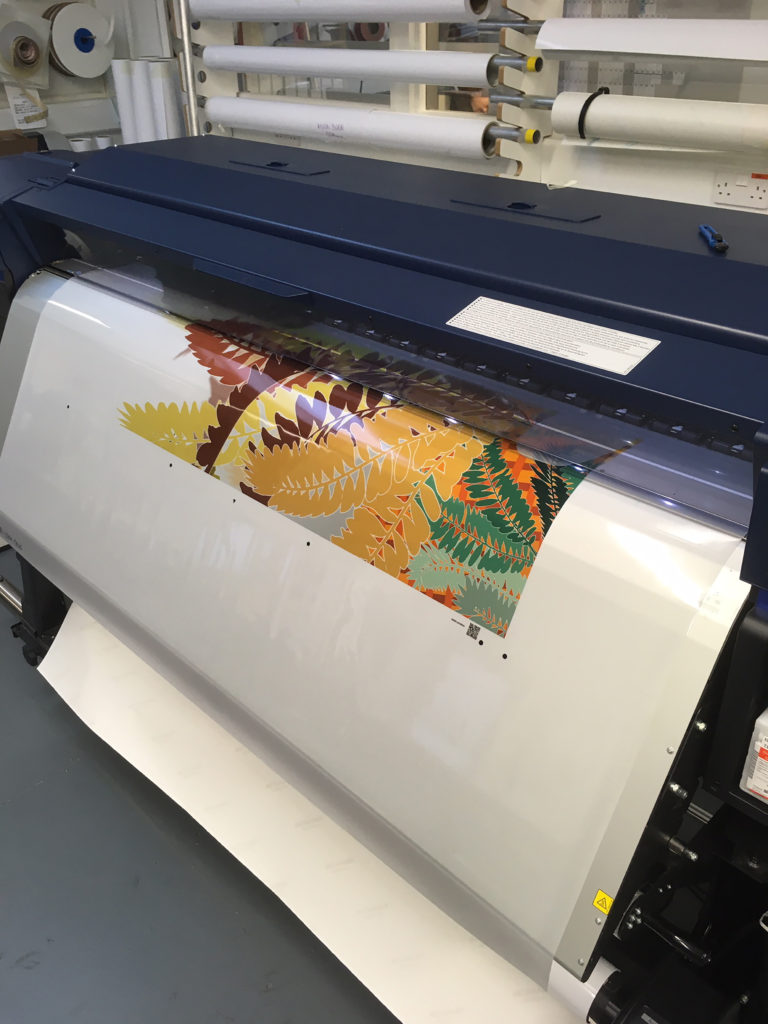

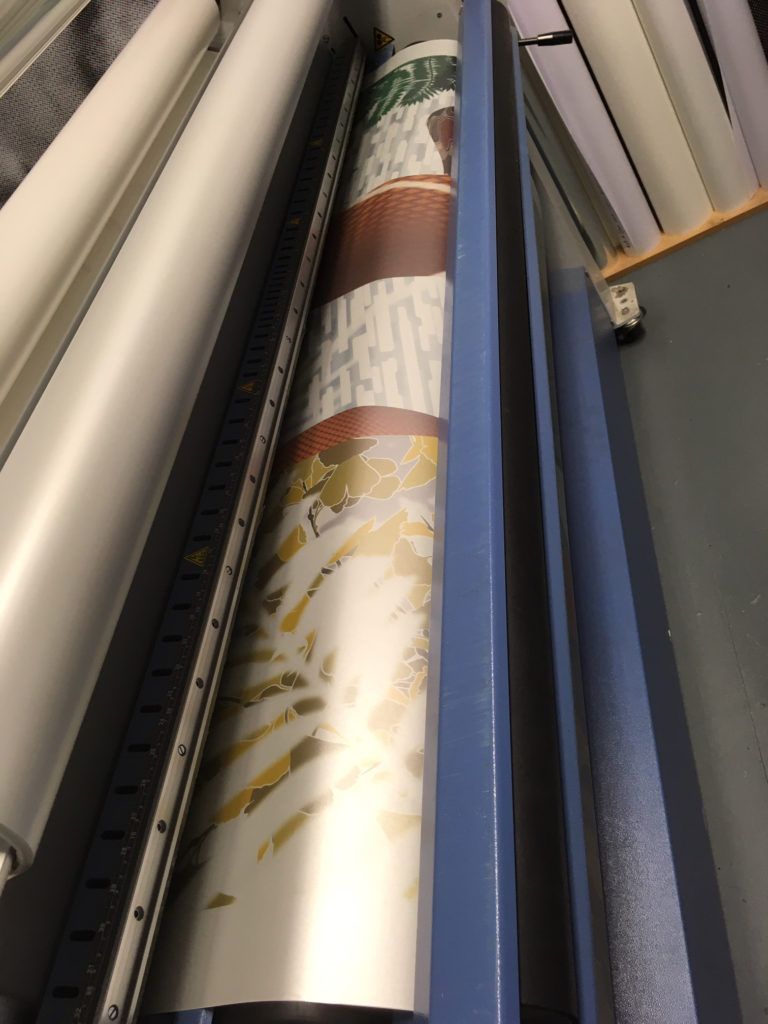

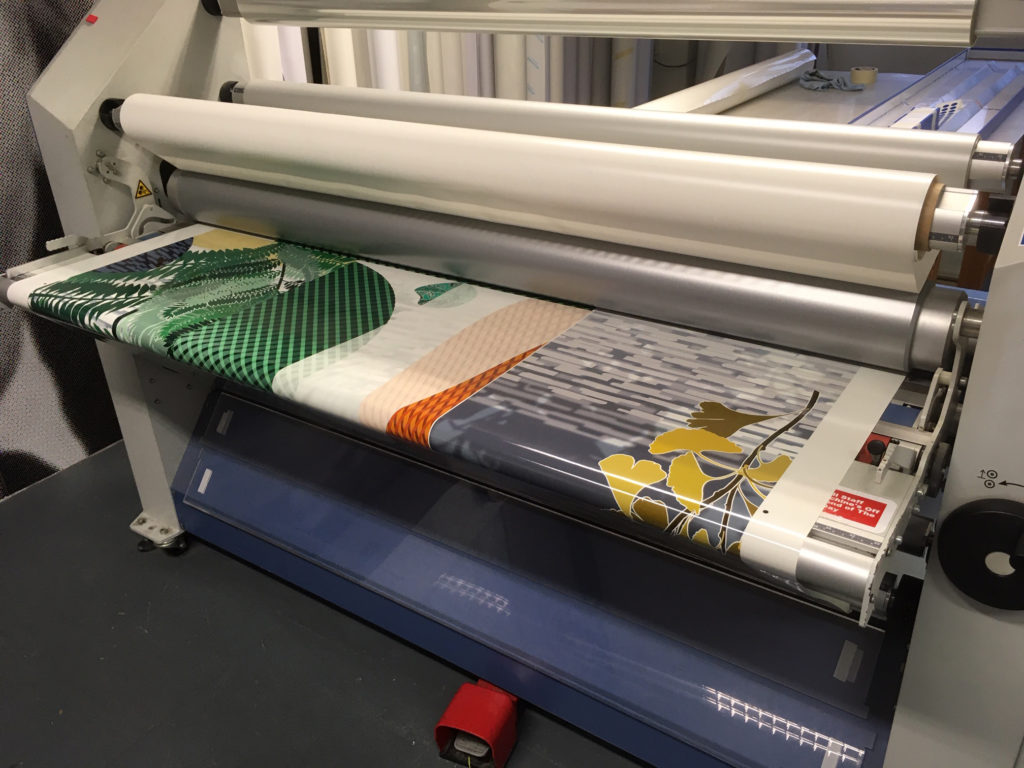
Always a relief to see projects get to this stage ! The printing has started ! Swift Signs in Weymouth are now in production of the glazing vinyl artworks for the Radiotherapy Outpatients Unit. Install is scheduled for next week. Watch this space !










It’s taken a while to get to this point – but the artworks were signed off for production a few weeks ago and have now been printed by Swift Signs Ltd & are awaiting installation at the Robert White Centre, Radiotherapy Unit at Dorchester Hospital.
Here are a few images of the final artworks – it may help to know that any white used in the design does not print – and remains completely clear – bringing the outside in and extending the impact of the work to the external landscape beyond the clinical spaces. The colours also vary in transparency and opacity, so do not appear anywhere near as flat and opaque as they do in the artwork – which is a good thing right? I thinks so…
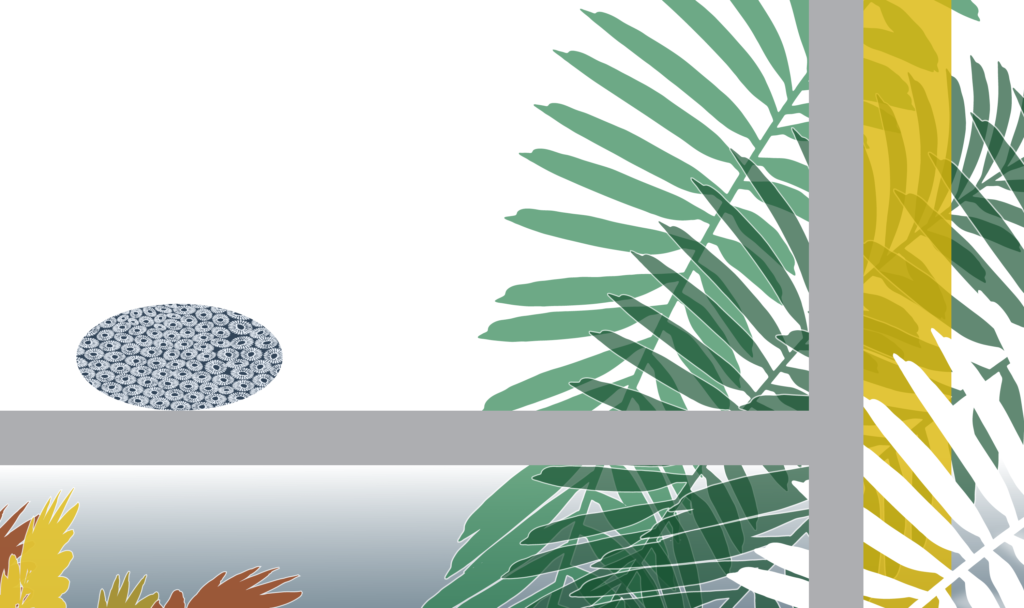

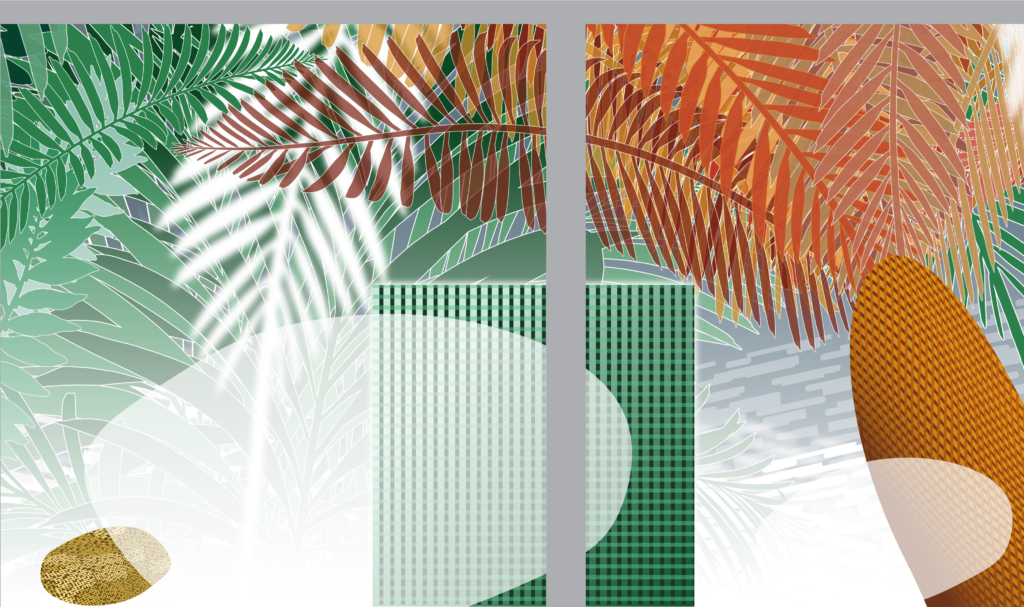

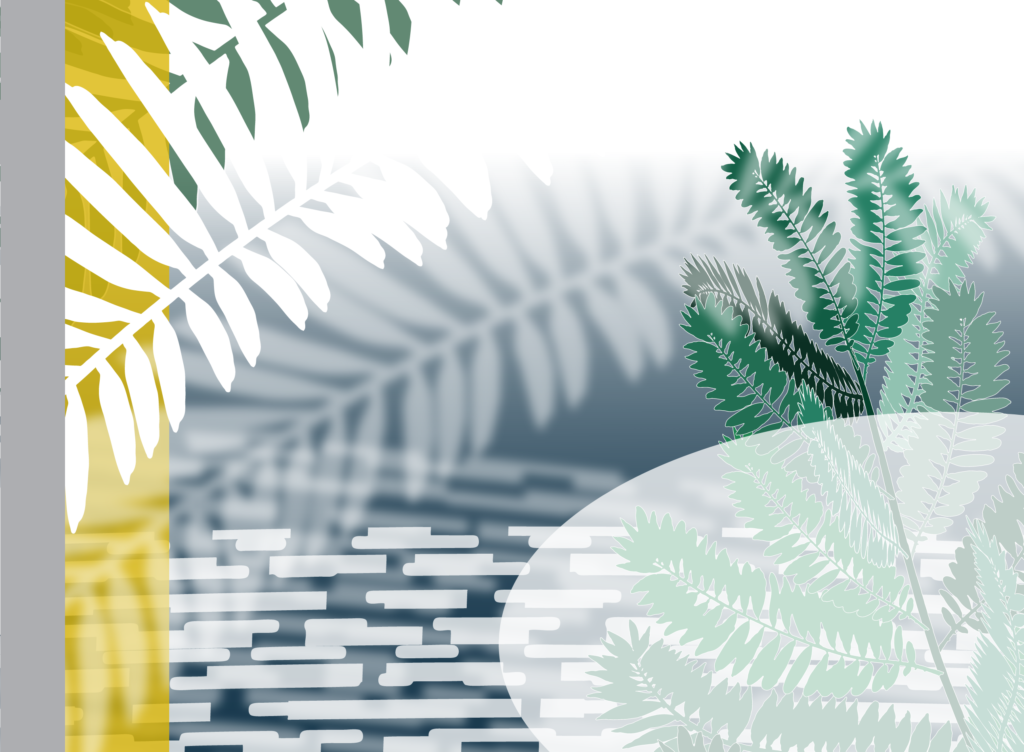

The top and bottom screen elevations work together as two adjacent spaces, where the designs overlap. Anything printed white here is actually completely clear and does not print. so you could imagine these two images combining with the external landscape.








I have been dropping the artwork into the glazing frames to look at balance, proportion, scale & colour.
Inspired by Jurassic plant fossils, drafts & designs for discussion & comment by the project team & NHS Trusts are coming together in the studio. If successful these will be digitally printed onto glazing vinyl for the Radiotherapy Unit on the ground floor of the Robert White Cancer Centre based at Dorset County Hospital. These services are delivered by Poole Hospital as part of the wider county wide Cancer Services. The project is a collaboration between various agencies including Arts in Hospital & Poole Hospital Charity.
These artworks are presented as long elevations of ground to ceiling windows, but in reality they are a series of interlinked screens at angles to one another. For example, the External Lobby Entrance Screen will be seen through the Clothed Waiting Room Screen.
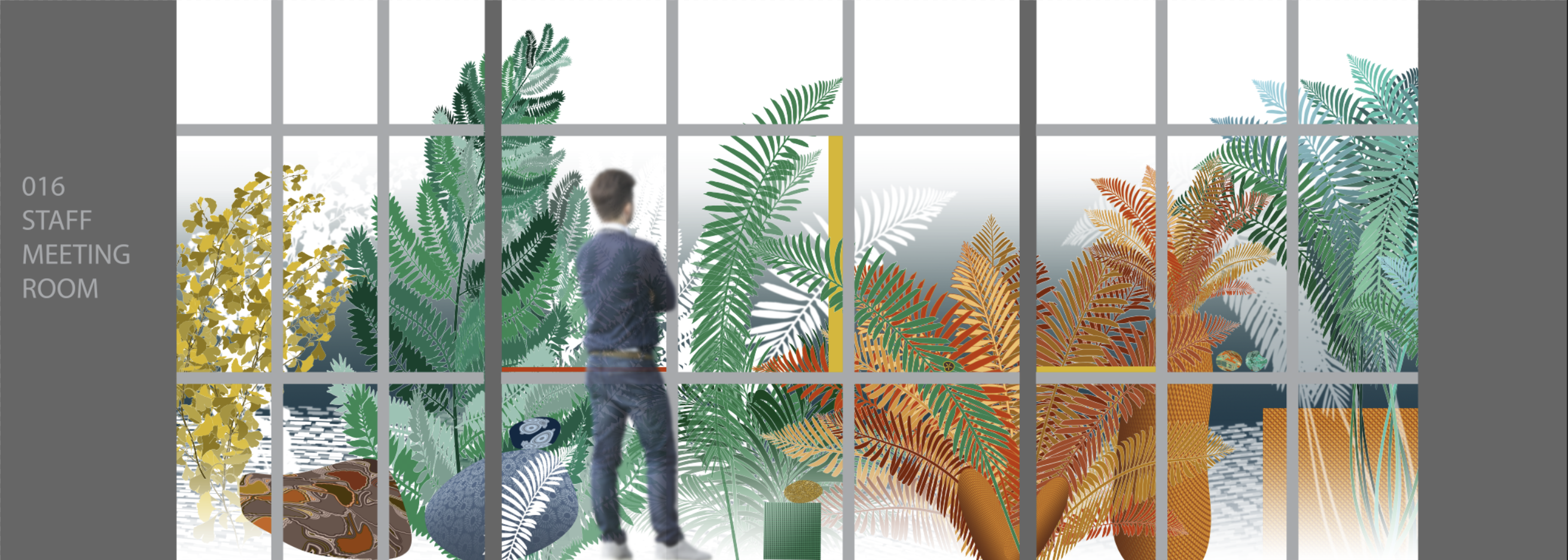

Above & Below: These are the interior views of glazed screens as they are at the moment. The Staff Meeting Room is overlooked by an unappealing brick wall & stepped access to a public footpath, which is at a higher level creating privacy issues. In the artwork designs, all areas in white will be either transparent glazing or opaque printed vinyl, allowing in light, but not views by the public. The Clothed Waiting Room and Reception area glass screens look out onto the ground floor external paved concourse linking this building to the Main Hospital and adjacent Canteen. The artwork screens will provide much needed privacy from the ground floor pedestrian areas outside and hopefully some peaceful distraction for patients coming regularly into the Radiotherapy unit.


Samples of the designs will be digitally printed at full scale and installed in the Radiotherapy Unit for further comment and confirmation that the outcome is what is desired by staff and patients.
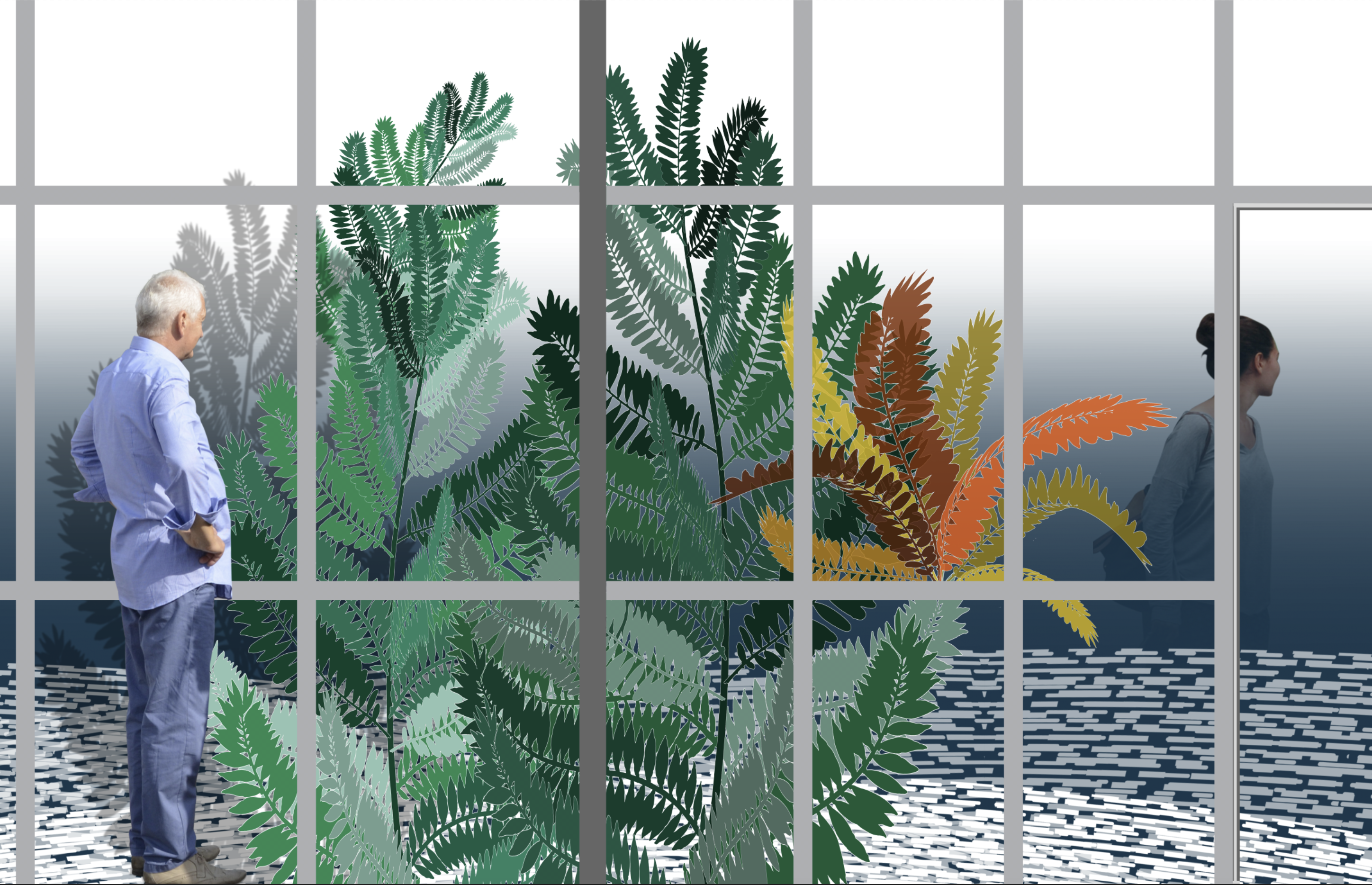




Above: These five rooms are linked via a corridor. I have shown them as a single open space – but in reality, each is a separate private clinic room or office.





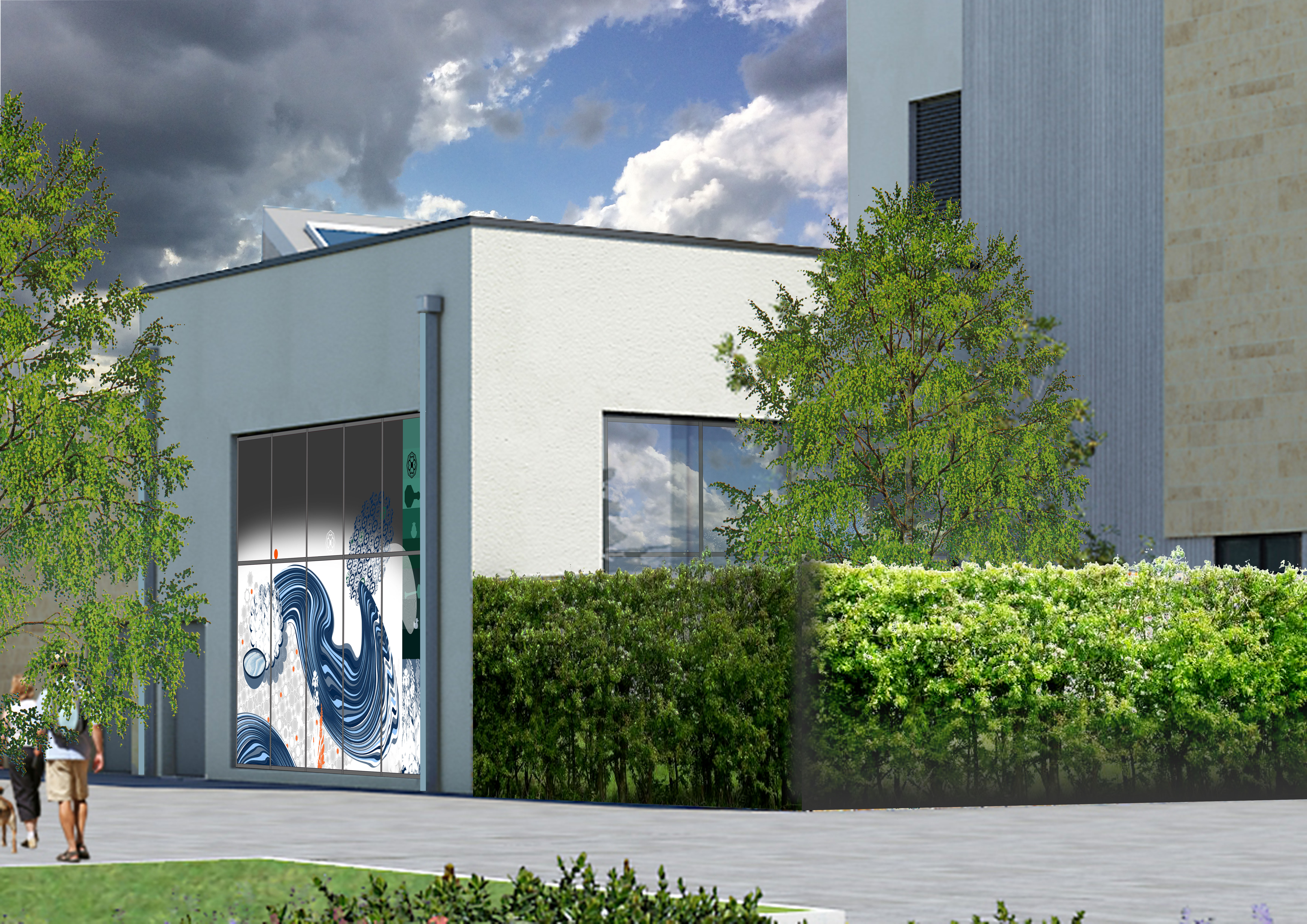
I was commissioned by Art at the Heart of the RUH in December 2017 to create artwork in response to the architectural glazing in the Hydrotherapy Pool room at the new Therapies Centre for the Royal United Hospital, Bath. These architectural glass panels are floor to ceiling glazed apertures with a combined 46.40 sq m of glass. I am working in collaboration with PROTO GLASS STUDIOS, Architectural Glass Decorators.
The project is being delivered by Kier Construction Ltd with Architects IBI Group
We have also been engaged with a large group of stakeholders, including staff and service users, some of whom have been are lifelong patients at the RNHRD & RUH. This is an ongoing process and we are taking everyone on the journey with us.
‘FLOW’
“Flow is active. It is not just the water, but it is the way our muscles are warmed and released, allowing blood to flow more freely. It is the freedom from stiffness of joints, when even a centimetre gained is a big triumph. It is active horizontally and not vertically. My spine is fully arthrosed and I cannot turn my head. This is a fundamental problem for AS patients and one of the big exercises in the pool and the gym is trying to turn and look over your shoulder without moving your body. That is flow. It is horizontal”. George Odam RNHRD Lifelong Patient with Ankylosing spondylitis (AS), speaking about his personal journey and experience of hydrotherapy treatment in 2017.
The Royal National Hospital for Rheumatic Diseases (RNHRD) and The Brownsword Therapies Centre (BTC)
The new RNHRD and BTC will be built close to the main entrance of the Royal United Hospital or RUH; it will be an outpatient centre providing treatment, care and education for patients to recover from episodes of illness or injury, or to manage their long-term condition. The new building will house many of the services currently located at the RNHRD (also known as The Mineral Hospital/ The Min) and the existing RUH therapies and pain management services located in RUH North, under one roof. The Centre will create a centralised and integrated space for staff to work collaboratively, delivering a holistic and patient-centred approach to care.






The Min, as the RNHRD is affectionately known, has a small Medical Museum situated in the Old Chapel. It is a fascinating collection and curated and managed by a small group of dedicated and enthusiastic people, who allowed me access to the photographic Archives. This was very much appreciated.
‘In 2012 the Royal National Hospital for Rheumatic Diseases [The Mineral Hospital] opened a small museum to showcase their collection. Now, with the imminent closure of the hospital in the centre of Bath, our museum has been granted custody of the Collection of the Min, which includes records dating back to the 1740s, artefacts, the paintings and other pieces of art from around the Hospital, memorabilia, and photographs relating to rheumatology, medicine and pharmacy’.



